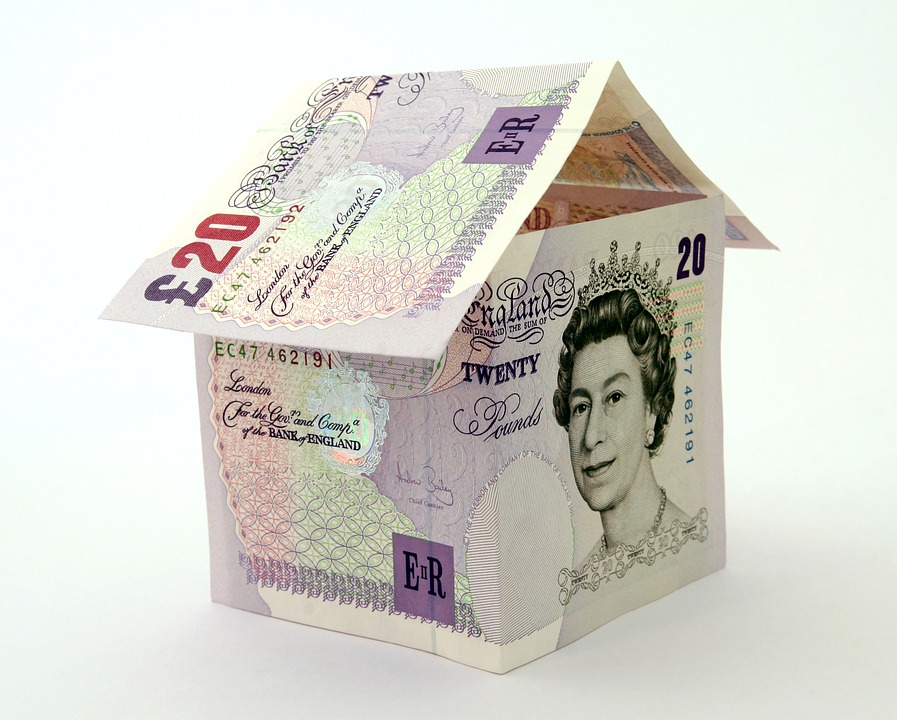House price growth looks set to judder to a halt in 2018 or at best manage a small below-inflation rise, as the twin spectres of Brexit and rising interest rates put the brakes on the property market.
Following what some have called a lacklustre year, homeowners and those looking to sell in the coming months have been told to expect an underwhelming and subdued 2018, with a number of leading commentators predicting UK house prices will either stay flat next year or perhaps rise by 1% or so.
However, the prognosis for London – which according to the estate agent Savills has experienced house price growth of 70% over the past decade – is more downbeat, with many economists forecasting that prices in the capital will once again slide into negative territory.
A number of commentators are pencilling in UK average price growth of about 1%, which would mean property values falling in real terms. Of the two big lenders that operate well-known price indices, Nationwide said it expected property values to be “broadly flat in 2018, with perhaps a marginal gain of around 1%”, while Halifax allowed itself some wiggle room by predicting UK growth in the range of 0% to 3%.
Meanwhile, according to a Reuters poll of 28 housing market specialists published last week, property prices will rise by 1.3% nationally, but fall by 0.3% in London. The former figure is less than half the current rate of consumer price inflation.
But while much of the language used in the forecasts is gloomy – “a weakening market”, “muted” and “another tough year” are among the words and phrases that crop up – such predictions are likely to be welcomed by the burgeoning numbers of aspiring first-time buyers who currently cannot afford to join the housing ladder. Many homeowners had become used to viewing their property as a money-making machine, and some will find it hard to disagree with the assessment of Miles Shipside, a housing market analyst at the property website Rightmove, that “homeowners have had a good run” with the national average price rise over the last six years totalling just shy of 31% – equivalent to 4.6% a year.
Economists predict that a range of factors will weigh on house price growth in 2018. Continuing economic and political uncertainty in the run-up to 2019, when Britain is due to leave the EU, plus the possibility of further interest rate rises following November’s base-rate hike from 0.25% to 0.5%, falling real wages, weak consumer confidence and mortgage affordability issues could all act as a brake on the market.
However, shortages of homes for sale and continued low levels of housebuilding are likely to support prices, while last month’s abolition of stamp duty for all homes up to £300,000 bought by first-time buyers could provide a boost to those looking to get on the ladder – provided it does not push up property values.
The stamp duty cut was part of a package of government measures designed to address the UK’s housing crisis and boost the housing supply by 300,000 new homes a year by the mid-2020s. But last week the Royal Institution of Chartered Surveyors (RICS) said many of these measures would have little bearing on 2018.
In its forecast for 2018, RICS did not come up with a figure, but said UK house price growth was “set to come to a halt” over the course of next year, adding: “Come the end of 2018, prices across the UK as a whole will have seen almost no change with a year earlier.”
RICS said the “downbeat” data for inner London signalled that prices in these boroughs were likely to edge lower in the coming months, but added that “this negative outlook is no longer confined to central London”, with the wider south-east seemingly on course for “modest price declines”.
One of the more buoyant predictions comes from the property website Hometrack, which is pencilling in 3% house price growth for the UK as a whole in 2018. Its predicted increase for the UK’s top 20 cities is even higher, at 5%. These cities account for more than a third of the UK’s housing stock. However, Hometrack believes London will buck the trend: it said it was anticipating that property values in the capital would rise by 1% next year.
Many commentators are pencilling in price growth for the UK of 1% next year. These include Rightmove, whose data is based on asking prices. Its forecast chimed with those from two well-known estate agents. Knight Frank has predicted price growth across the UK of 1% in 2018, amid increased economic and political uncertainty in the run-up to Brexit, though it is expecting to see zero growth in the south-east and a 0.5% fall in prices in London.
Likewise, Savills said it believed average UK prices would rise by 1% in 2018. However, Savills appeared to take a bleaker view of the London market’s fortunes: it is anticipating that London will see a 2% fall in 2018.
Rightmove is also forecasting a further average 2% drop in prices in the capital next year, though it is predicting a 4% fall at the upper end of the capital’s market, dominated by £1m-plus properties.
Perhaps the biggest cloud hovering over the property market next year is Brexit, and what it could mean for people’s personal finances and the wider economy. Robert Gardner, Nationwide’s chief economist, summed up the thoughts of many when he said Brexit developments would be important but “hard to foresee”.
Source: The Guardian




